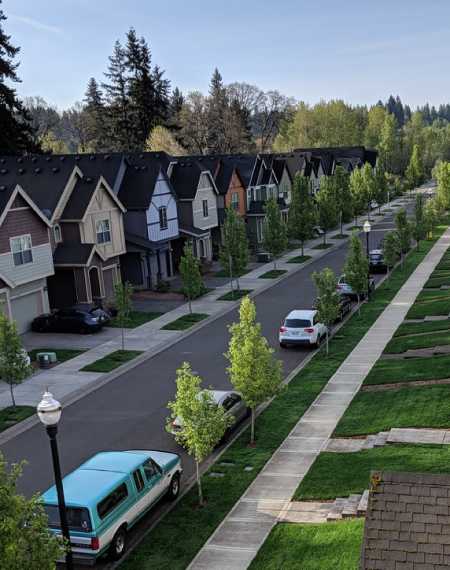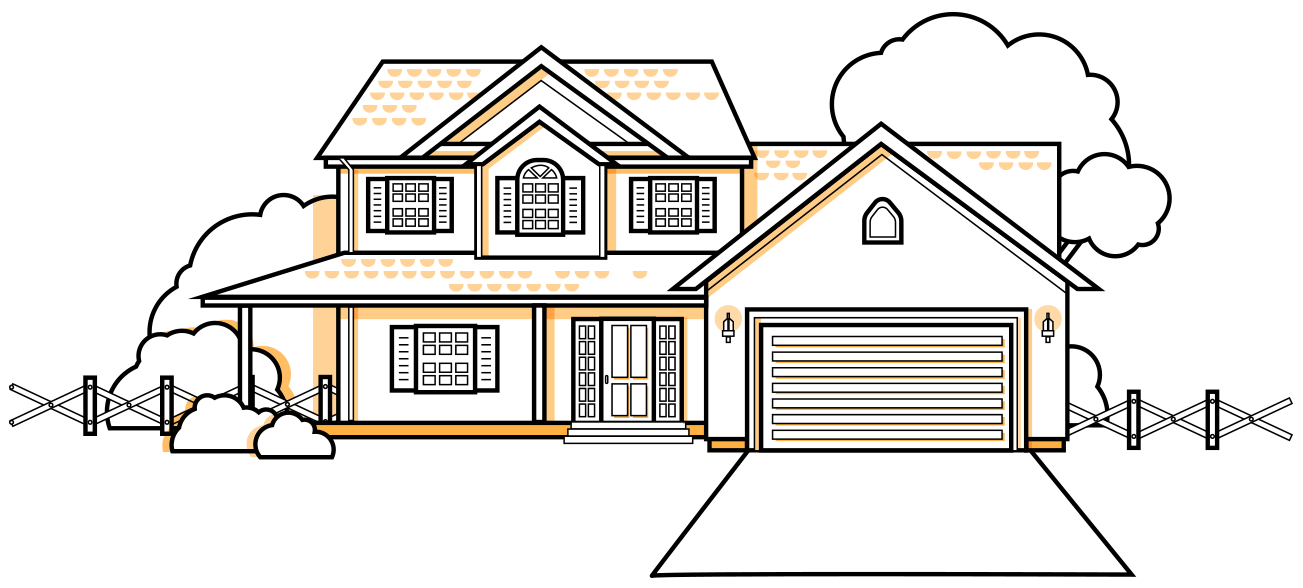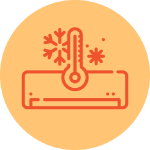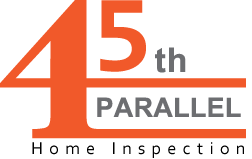Commercial & Residential Home Inspection Services

SINGLE FAMILY AND MULTI-FAMILY
Residential Home Inspections
When we perform a home inspection for you, we will be visually inspecting every part of the property from the foundation to the roof. Every portion of the home that is accessible will be inspected, analyzed, and reported upon if covered in our mandated standards of practice. This also includes operating items such as plumbing fixtures, windows, doors, HVAC systems and much more.
There are many areas, systems, and items that we inspect.
- Roof
- Exterior
- Interior
- Attic
- Crawlspace / basement
- HVAC
- Electrical
- Plumbing
- Even more ...
It might take you 6 months to operate and inspect everything that we get to in a few hours. A typical inspection on a 2000 square foot modern home takes approximately three hours. Older and larger homes take a little more time due to size and some of the complexities of older homes.
Inspection Types
We perform inspections for different scenarios. These include home buyer inspections, pre-listing inspections (for seller), new construction, and re-inspections for repaired items.

Buyer Inspections
Learn as much as possible about the home you are buying to protect your investment.




Seller (Pre-listing)
Get more money faster by identifying and repairing items in advance of listing your home.




Home Maintenance
If you've lived in your home for 5+ years, it's a good idea to have it inspected to find developing issues.
THOROUGHNESS IS IMPORTANT
Home Areas of Inspection
























































































































































The interior rooms are inspected throughout the home including ceilings, walls, doors, and floors. We look for signs of past or present leaking, signs of structural issues, operate all accessible windows and doors, inspect built-in counters and cabinets, stairways and railings, and more.




Basements are below ground level, and can experience pressure and water issues from outside. We look for negative impact of exterior factors like water and drainage. Basements need the same TLC as the rest of the home, but often get neglected.










